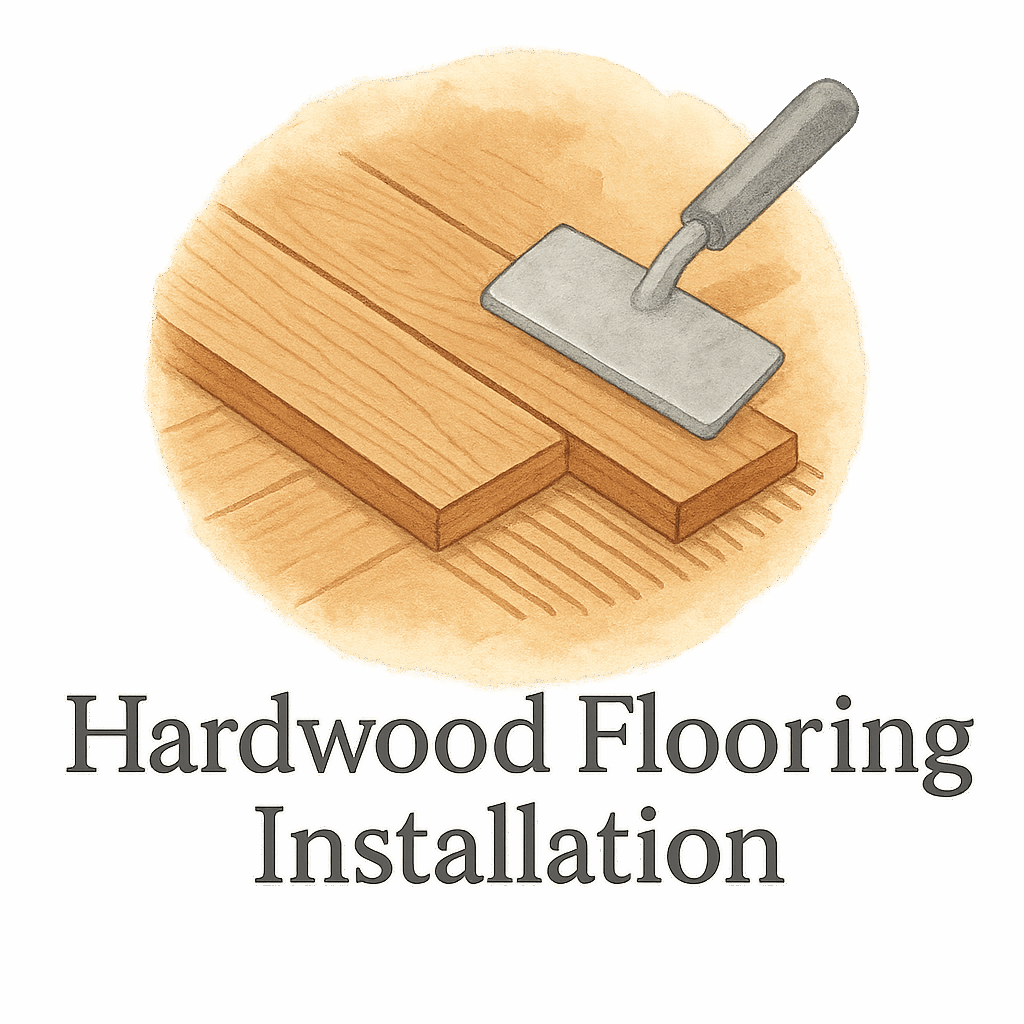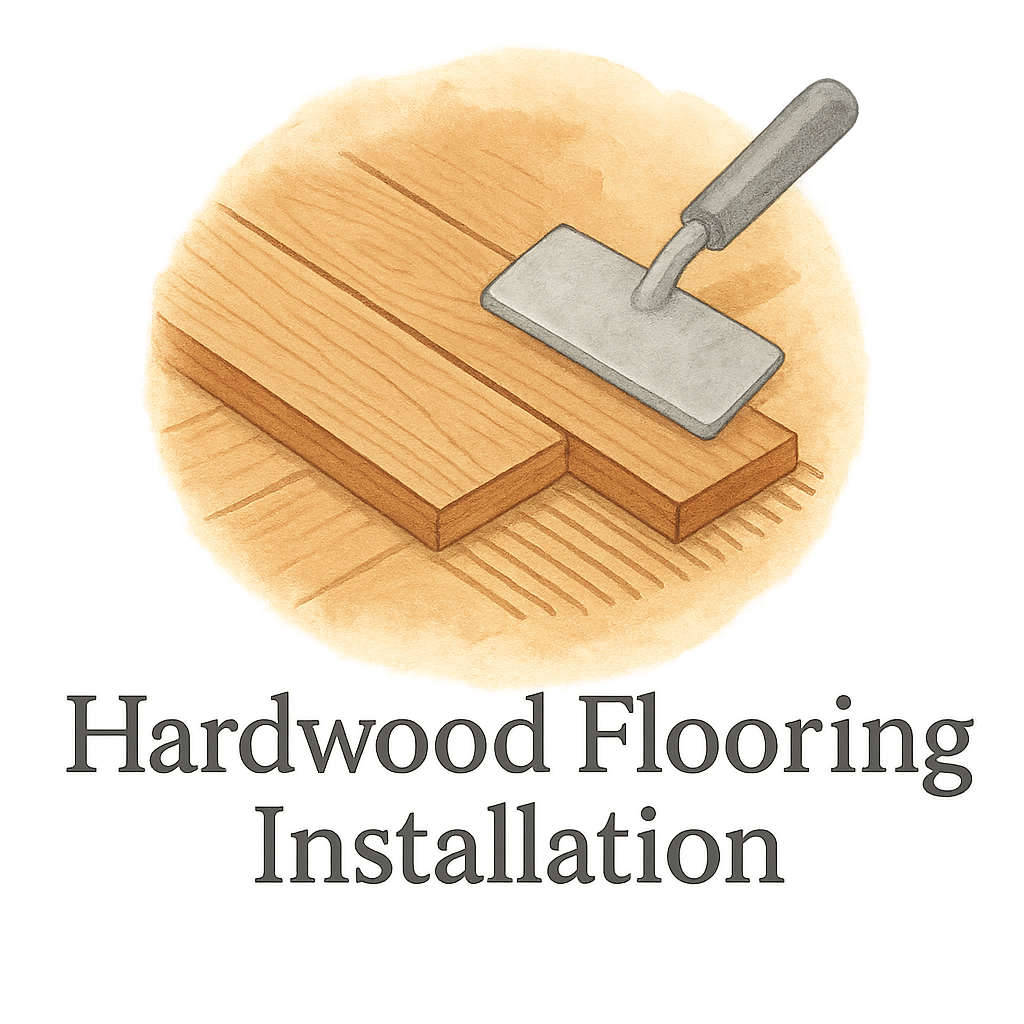H1: 7 Expert Tips for Repairing Loose Hardwood Flooring Boards
Got creaky, shifting boards that drive you crazy every time you walk across your hardwood floor? You’re not alone. Repairing loose hardwood flooring boards might sound intimidating, but with the right approach, it’s absolutely something you can DIY.
In this guide, we’ll break down 7 proven tips to restore your floors—without tearing up the entire room or blowing your budget.
H2: Introduction: Why Fixing Loose Boards Is a Must
Loose floorboards aren’t just annoying—they’re a red flag. They might be signaling deeper problems like subfloor issues, moisture damage, or just wear and tear from years of use. If you leave them unchecked, you risk more expensive repairs down the line.
Looking to get ahead of the damage? Whether you’re into DIY flooring installation or just want to fix up a few bad spots, this guide will get you on the right track.
H2: What Causes Loose Hardwood Floorboards?
Before diving into repairs, it helps to understand the “why” behind the wobble.
H3: Natural Aging and Wear
Floors endure a lot—foot traffic, heavy furniture, pets, and more. Over time, boards naturally expand and contract. These tiny shifts add up, loosening nails and creating gaps.
H3: Water and Moisture Intrusion
Spills, humidity, or leaks can seep into the wood and underlayment, causing boards to warp and loosen. This is one of the most common causes of damage discussed in our flooring maintenance and repair tips.
H3: Poor Installation Practices
If your floor wasn’t properly acclimated before install, or the subfloor wasn’t prepped, expect problems. Find out more about avoiding these flooring mistakes in our full flooring preparation guide.
H2: Must-Have Tools and Materials
Ready to roll up your sleeves? Here’s what you’ll need:
H3: Handy Tools for the Job
- Hammer or mallet
- Nail set or punch
- Drill with wood bit
- Putty knife
- Level
- Pry bar
- Wood clamps
You’ll also want to explore our full flooring tools and materials checklist to stock up on everything.
H3: Flooring Essentials to Stock Up On
- Wood glue
- Wood filler
- Matching hardwood planks
- Nails or flooring screws
- Touch-up stain or finish

H2: Tip 1: Perform a Thorough Inspection First
Before you start pounding or prying, take a walk (literally).
H3: Feel for Flexing and Movement
Step across the floor slowly. Listen for squeaks and feel for bounce. Mark any problem spots with painter’s tape.
H3: Pinpoint the Root Issue
Use a flashlight to check between gaps. Is the subfloor moving? Are the boards cracked? This detective work pays off when it comes time to choose the right fix.
Need help planning the job? Visit our guide on flooring cost and time estimation to schedule and budget effectively.
H2: Tip 2: Nail or Screw Down the Loose Boards
For boards that shift but aren’t broken, secure them with fasteners.
H3: Using Nails for Subtle Repairs
Drive flooring nails at a 45° angle through the tongue of the board and into the subfloor. Tap them below the surface with a nail punch and cover with a dab of filler.
H3: Going the Extra Mile with Screws
Want something more secure? Use trim screws. Drill pilot holes to avoid splitting the wood, then countersink and cover with wood putty.
For layout and anchoring tips, check out our expert install articles and flooring layout advice.
H2: Tip 3: Use Wood Glue for Added Grip
If nails or screws won’t do the trick, glue might be your best friend.
H3: Applying Glue the Right Way
Lift the board slightly, apply wood glue underneath, then press it back down. Use a weight or clamps to keep it tight while the glue dries.
H3: When Glue Works Best
Glue works great for minor lifts where the board hasn’t fully separated. It’s also a neat fix when you don’t want visible nails.
H2: Tip 4: Replace Damaged Flooring Sections
If a board is cracked, splintered, or warped beyond saving, swap it out.
H3: Knowing When It’s Time to Replace
Boards that buckle or creak despite being nailed down are usually too far gone. If in doubt, pull one up and inspect the underside.
H3: Steps to Swap Out a Board
- Score the board with a circular saw.
- Use a pry bar to lift it out.
- Clean the space and check for damage.
- Drop in a new board—glue or nail it in place.
Find high-quality materials and avoid damaged flooring traps with our curated guides.
H2: Tip 5: Fill In Gaps Like a Pro
Wood filler can help you close minor cracks and prevent dust and debris from creeping in.
H3: Matching the Filler to Your Floor
Choose a filler that closely matches your floor’s stain. Test it in a hidden area first.
H3: Proper Application Techniques
Use a putty knife to press filler into gaps. Let it dry fully, then sand flush and apply finish if needed.
For more filler tips and flooring cleaning techniques, browse our expert-maintained guides.
H2: Tip 6: Level Your Subfloor Properly
Loose boards might signal a bigger problem: an uneven subfloor.
H3: Why a Flat Surface Matters
Hardwood doesn’t like waves. An uneven base causes pressure points, leading to squeaks and shifting boards.
H3: Tools for Subfloor Smoothing
- Self-leveling compound
- Floor sander
- Long level or laser level
Check our guide on flooring prep to make sure your foundation is solid.
H2: Tip 7: Keep Your Floors Maintained
Prevention is easier (and cheaper) than repair.
H3: Daily and Weekly Floor Care
Sweep daily to remove grit. Mop with a hardwood-safe cleaner weekly. Avoid harsh chemicals or excess water.
H3: How Maintenance Prevents Loose Boards
Keeping your floors clean and dry reduces the risk of expansion, warping, and loosening. Visit our flooring maintenance section for a full checklist.
Love helpful content? Bookmark our flooring tips, home improvement ideas, and expert guides.
H2: Final Thoughts: Your Floor, Fixed Right
Repairing loose hardwood flooring boards doesn’t require a contractor or a major renovation. With these 7 expert tips and a bit of elbow grease, your floors can feel solid and look amazing again.
Want to explore more? Visit the Flooring Contractor Plan of BS homepage for expert advice, tools, and all things floor-related.
FAQs
H2: FAQs
- What’s the best method for repairing loose hardwood flooring boards?
It depends on the issue. Nails, screws, glue, or even full replacement might be needed. Start by inspecting the problem area. - Can I fix loose boards without removing the entire floor?
Absolutely. Most repairs are localized and don’t require large-scale removal. - Is wood filler a permanent solution for gaps?
It’s effective for small cracks, but may not hold up in high-moisture environments. - How can I prevent boards from coming loose again?
Regular maintenance, keeping humidity levels in check, and proper installation can go a long way. - How do I know when a board needs replacing?
If it’s cracked, warped, or doesn’t stay down after repair, it likely needs replacement. - Can I walk on the floor right after using glue?
No. Let the glue cure fully—usually 24 hours—before walking on the board. - Where can I find more DIY flooring advice?
Check out our DIY flooring installation, FAQs, and planning tips for detailed walkthroughs.


